BotanyOnline: Shared learning-support resources for improving Botanical Literacy
Guest post by Rosanne Quinelle, an Associate Professor in the School of Life and Environmental Science at the University of Sydney, Australia.
Proficiency in any discipline requires exposure to both breadth and depth, where “breadth” is akin to acquiring the vocabulary and “depth” is akin to an understanding of the prevailing patterns, the rules of grammar.
Developing botanical literacy in undergraduate sciences students requires exposure to the words we use in Botany, some of which can be different from their everyday meaning (e.g. pungent and habit) and can be challenging because of botanical literacy’s evil twin, plant blindness. Teaching approaches that embrace:
- the trend that learners ‘bring your own’ mobile devices to class and offering resources via these devices can be extremely useful for formal study during class and outside of class hours,
- the use of emerging research technologies in the classroom as powerful strategies to engage students (Twitter, Socrative, YouTube)
offer technically interesting resources which, because they are accessible via mobile devices, increase the likelihood of students engaging and learning.
There are lot of really interesting initiatives out there to make plants more ‘visible’ and the learning key concepts more accessible. Congratulations to Chris Martine for his award received last year and his stellar work as a botany educator and communicator and of course Teaching Tools in Plant Biology provides excellent resources to share with our students.
At the University of Sydney we have a collection of learning and teaching resources offered as Botany [Online]. Our Australian flora is different from the flora of northern continents and it is important to offer students examples from the plants that surround us from our biogeographical context. Our resources include:
- image glossaries aimed to assist students with terminology, e.g. terms to describe habit, leaf arrangement, stipules, inflorescences etc.
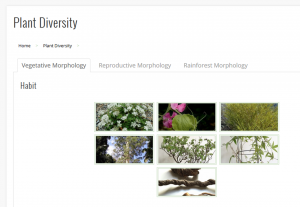 |
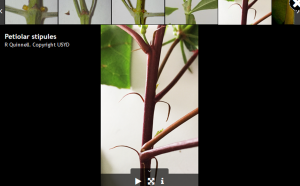 |
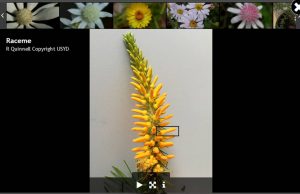 |
| Screenshots from BotanyOnline: each links to the page from which it was derived. | ||
- a virtual Botany slidebox. Virtual microscope slides are generated from scanning specimen slides and generating high resolution images. The resultant files are hosted on an image hub and can be examined in a browser in much the same way as one would with a microscope; users can manipulate magnification and interrogate all parts of the specimen at high and low power. The files generating from scanning are large and depending on how the images are served patience is required when loading. [A ‘secure site’ warning may popup; to view these scans you will need to accept the security certificate. If using an iPhone or iPad, I recommend the mobile browser Puffin to enable viewing, but note these files are large, and I tell my students that if accessing from home, to watch their download limits.]

- eBot Plant Sciences Image Collection, which includes herbarium specimens from the John Ray Herbarium where Australian flora features. [See Quinnell et al., 2009 eBot: An image bank of Australian flora]
- eFlora, a digital rendering of an interactive, dichotomous key to all species of vascular plants in the Sydney Region. [See Henwood et al., 2006 Sowing the Seeds of a Digital Garden]
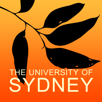 the CampusFlora app, which has turned the whole University into a learning space for Botany for all of our campus community. This project is using a “students as partners” model and our undergraduates have advised on the user interface (incl. icon design), contributed content (including photographs), developed the Google Play app and co-authored scholarly outputs. @CampusFloraOz
the CampusFlora app, which has turned the whole University into a learning space for Botany for all of our campus community. This project is using a “students as partners” model and our undergraduates have advised on the user interface (incl. icon design), contributed content (including photographs), developed the Google Play app and co-authored scholarly outputs. @CampusFloraOz- skills development: sectioning plant material at BotanyUSYD on YouTube.
In the interests of improving botanical literacy in the community generally, these resources are freely available. Feedback on how to improve these resources is most welcome.
Rosanne Quinnell is an Associate Professor in the School of Life and Environmental Science at the University of Sydney, Australia. Her science education research examines the effective use of existing and emerging information and communication technologies to support student learning, and with understanding the somewhat uncomfortable relationship many students in the life sciences have with mathematics and statistics. mailto:rosanne.quinnell[at]sydney.edu.au @ah_cue



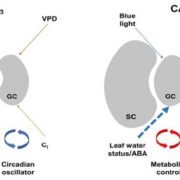
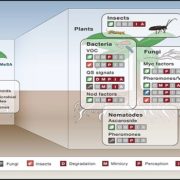

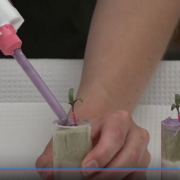




Leave a Reply
Want to join the discussion?Feel free to contribute!